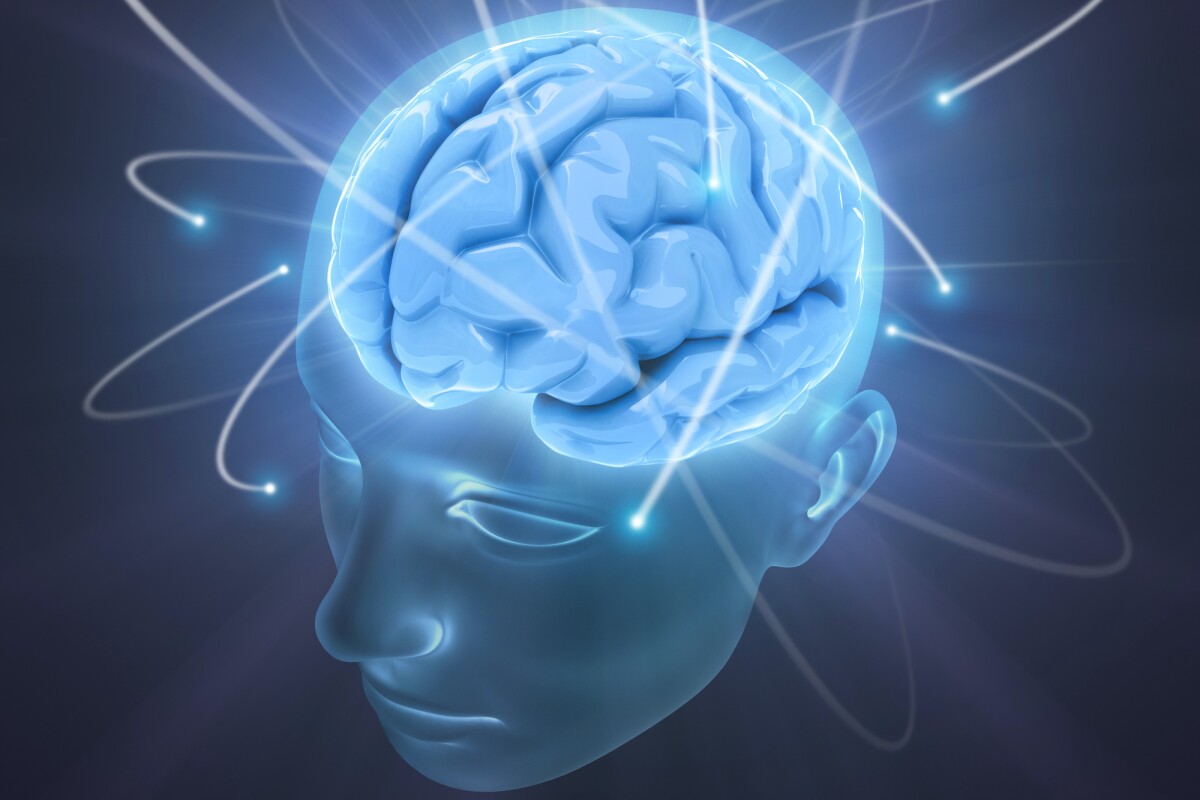
This is way overdue and really good news. It has always been way more of a problem that ever publically understood, but petrhaps you now understand what dying on the operating table must mean.
Is there really any other cause?
We watch to continuing march of digital tech into the world of medicine. Soon robotic surgery? We are already approaching human limits there.
Brainwave-reading tech maintains optimum dosage of general anesthesia
By Ben Coxworth
October 31, 2023
The system automatically adjusts anesthetic dosages based on brain activity
https://newatlas.com/medical/brainwaves-dosage-general-anesthesia/
Administering general anesthesia is a tricky business, as you don't want to under- or overdo it. With that quandary in mind, scientists have now developed an automated system that continuously adjusts the dosage, based on the patient's brain waves.
If a patient is receiving too little anesthesia during surgery, there's a chance they will actually wake up while the procedure is still underway. If they receive too much of the drug, however, they may develop cognitive problems such as memory loss upon waking. Heart failure can also even occur.
In order to minimize such risks, closed-loop anesthesia delivery (CLAD) systems are sometimes utilized. These setups continuously monitor the patient's vital signs and automatically adjust the rate at which a set dosage of the anesthetic is infused, in order to keep those vitals within a target range.
According to MIT's Prof. Emery N. Brown, however, no previously developed CLAD systems actually monitor the patient's state of consciousness via brainwaves. Working with colleagues at Massachusetts General Hospital, he has developed one that does.
The experimental setup monitors fluctuations in the power of local field potentials (LFPs), which are electrical signals produced by neurons.
LFP power is in turn determined by spikes in neural activity, which vary in a predictable manner depending on whether the person is awake or asleep. Therefore, by continuously monitoring neural spiking activity via LFP power fluctuations, it's possible to determine if the person is presently conscious or unconscious.
Brown's system also utilizes a computer model that determines what dosage of the drug is currently required to keep a specific individual within the desired LFP range, based on that individual's physiological characteristics.
In a series of nine experiments lasting 125 minutes each, the system was successfully able to move two rhesus monkeys back and forth between two desired levels of unconsciousness. It did so by adjusting their dosage of the anesthetic drug propofol once every 20 seconds.
More research still needs to be conducted before the technology can be trialled on humans. It is hoped that the system will ultimately be able to utilize simple brainwave readings obtained by EEG caps, and that it will be capable of actually moving patients from conscious to unconscious states and back again.
A paper on the study was recently published in the journal PNAS Nexus.
No comments:
Post a Comment